
News Directory
- 1. Introduction to Crossed Roller Bearings
- 2. Types of Crossed Roller Bearings
- 3. Key Components and Materials
- 4. Advantages of Using Crossed Roller Bearings
- 5. Applications of Crossed Roller Bearings
- 6. Selecting the Right Crossed Roller Bearing
- 7. Top Manufacturers
- 8. Installation and Maintenance
- 9. Common Problems and Troubleshooting
- 10. Future Trends in Crossed Roller Bearing Technology
Crossed Roller Bearings: A Complete Guide to Types, Applications, and Key Advantages
1. Introduction to Crossed Roller Bearings
Crossed roller bearings are a type of rolling-element bearing designed to support significant radial, axial, and moment loads simultaneously. Unlike conventional bearings that use a parallel arrangement of rolling elements, crossed roller bearings utilize a unique V-groove raceway design with cylindrical rollers arranged at 90-degree angles to one another. This "crossed" configuration allows for a single bearing to handle loads from multiple directions, including a moment load, with high accuracy and rigidity.
Key Advantages Over Other Bearing Types
The unique design of crossed roller bearings gives them several significant advantages over traditional bearings like deep-groove ball bearings or angular contact ball bearings. Their ability to handle diverse loads in a single compact unit makes them ideal for applications requiring high precision and stiffness in a limited space.
| Feature | Crossed Roller Bearing | Conventional Bearings (e.g., Deep Groove Ball Bearing) |
|---|---|---|
| Load Capacity | Handles radial, axial, and moment loads simultaneously | Primarily handles radial loads; limited axial load capacity |
| Rigidity | Very high; resists deformation under load | Lower rigidity |
| Size | Compact and space-saving; one bearing replaces two | Requires two or more bearings to handle multiple loads |
| Precision | Extremely high rotational accuracy | Good, but often lower than crossed roller bearings |
| Installation | Single bearing simplifies mounting and alignment | Requires precise alignment of multiple bearings |
2. Types of Crossed Roller Bearings
Crossed roller bearings are categorized based on their structural design and intended application. The two most common types are linear and slewing bearings, each tailored for specific motion requirements.
Linear Crossed Roller Bearings
Linear crossed roller bearings are designed to provide precise and rigid linear motion. They consist of two V-groove raceways and a set of rollers crossed at 90 degrees, often encased in a cage. This structure ensures high accuracy and smooth movement along a single axis.
- Construction: These bearings typically have a pair of parallel, flat raceways. The cylindrical rollers are alternately arranged at right angles to each other.
- Function: They provide smooth, low-friction linear movement and can withstand heavy loads, making them suitable for precision guides and stages.
- Typical Applications:
- CNC machines: For guiding linear slides with high accuracy.
- Precision measuring instruments: Ensuring smooth and repeatable movement in CMMs (Coordinate Measuring Machines).
- Robotics: Providing precise linear movement in pick-and-place robots.
- Semiconductor manufacturing equipment: Used in high-precision positioning stages.
Crossed Roller Slewing Bearings
Crossed roller slewing bearings, also known as slewing rings, are designed for applications requiring high-precision rotary motion while supporting significant radial, axial, and moment loads. They are a single bearing that can handle all three types of loads, eliminating the need for separate axial and radial bearings.
- Design and Operation: A crossed roller slewing bearing consists of an inner ring and an outer ring, with rollers crossed at 90 degrees. This design provides high rigidity and a large load-carrying capacity in a compact form. The single-bearing design allows for a large hollow center, which is often used for routing cables or shafts.
- Common Uses:
- Robotics: In robotic joints and bases for precise rotation and load support.
- Medical equipment: Used in CT scanners and other medical imaging devices for smooth, accurate rotation.
- Turntables: For high-precision rotary tables and indexing systems.
- Radar and antenna systems: Providing stable and precise rotation for tracking.
Other Variations
Besides the primary types, there are specialized variations of crossed roller bearings for unique applications, such as those with specific sealing requirements or corrosion resistance. Some designs might integrate a gear on one of the rings, turning them into geared slewing bearings for direct drive applications.
| Bearing Type | Primary Motion | Typical Applications | Key Feature |
|---|---|---|---|
| Linear Crossed Roller Bearings | Linear (along one axis) | CNC machines, precision measuring instruments, linear stages | High-precision linear guidance |
| Crossed Roller Slewing Bearings | Rotary | Robotic joints, CT scanners, turntables, radar systems | High rigidity and multi-load capacity in a single unit |
3. Key Components and Materials
The performance and durability of crossed roller bearings are determined by the quality and material of their core components. Each part is meticulously engineered to ensure high precision, rigidity, and longevity.
Rollers
The rollers are the primary load-bearing elements in the bearing. They are typically cylindrical and arranged in a crossed configuration to handle combined loads.
- Material Types: The most common material for rollers is high-carbon chromium bearing steel (e.g., GCr15 or AISI 52100). This material offers excellent hardness, wear resistance, and fatigue strength. For applications in harsh environments, such as those with high temperatures or corrosive substances, ceramic rollers (e.g., silicon nitride) are sometimes used. Ceramic rollers are lighter, more rigid, and can operate at higher speeds.
- Precision Grades: Rollers are manufactured to extremely tight tolerances, often specified by precision grades (e.g., P5, P4, P2). Higher precision grades correspond to lower runout and greater accuracy, which is crucial for applications like machine tools and medical equipment.
Raceways
The raceways are the grooved surfaces on the inner and outer rings where the rollers roll. Their design and material are critical for distributing loads and ensuring smooth operation.
- Construction: The raceways are typically V-shaped grooves machined directly into the inner and outer rings. In some cases, especially for larger bearings, the raceways can be ground after heat treatment to achieve a higher surface finish and precision.
- Materials: The inner and outer rings are generally made from the same high-carbon chromium bearing steel as the rollers to ensure uniform hardness and wear characteristics. For specific applications requiring corrosion resistance, stainless steel can be used.
Cage/Separator
The cage or separator's main function is to prevent the rollers from making contact with each other, which reduces friction and heat generation. It also keeps the rollers in their correct alignment, ensuring uniform load distribution.
- Function: The separator maintains the precise spacing and orientation of the crossed rollers. Without it, the rollers would rub against each other, leading to increased friction, noise, and premature wear.
- Materials Used: Separators are commonly made from a durable plastic like polyamide resin (nylon) or a lightweight metal such as brass. Plastic separators are often used for high-speed applications due to their low friction and noise, while metal cages provide greater durability and thermal stability.
| Component | Primary Function | Common Materials |
|---|---|---|
| Rollers | Carry the load | High-carbon chromium steel, ceramic |
| Raceways | Provide the rolling surface for the rollers | High-carbon chromium steel, stainless steel |
| Cage/Separator | Separate the rollers and maintain alignment | Polyamide resin (nylon), brass |
4. Advantages of Using Crossed Roller Bearings
Crossed roller bearings are highly sought after in precision engineering due to their unique design, which offers several key advantages over conventional bearing types. These benefits make them a superior choice for applications where space is limited and high accuracy is critical.
High Load Capacity
The crossed arrangement of cylindrical rollers allows crossed roller bearings to support significant radial, axial, and moment loads simultaneously. In this design, each roller makes direct contact with the V-groove raceways, providing a large contact area. This distributes the load more effectively across the rollers, preventing stress concentration and allowing a single bearing to handle complex loading conditions that would otherwise require a combination of multiple bearings. This is a major advantage in compact designs.
High Rigidity
Rigidity, or stiffness, is a measure of a bearing's resistance to deformation under load. Crossed roller bearings exhibit exceptionally high rigidity because the crossed rollers are preloaded during assembly. This preloading eliminates any internal clearance, ensuring the bearing maintains its structural integrity and provides consistent, predictable performance under load. This high stiffness is vital for applications that demand minimal deflection and vibration, such as in precision machine tools.
Compact Design
One of the most notable benefits of crossed roller bearings is their compact, space-saving design. Because a single crossed roller bearing can handle all three types of loads (radial, axial, and moment), it can replace a conventional setup that would require two or more separate bearings, such as a radial bearing and a pair of angular contact bearings. This single-bearing solution significantly reduces the overall size and weight of the assembly, making it ideal for miniaturized equipment like robotic arms and medical devices.
Precise Motion
The precision of crossed roller bearings is unparalleled. The combination of the crossed roller arrangement and the preloaded design results in a bearing with very low runout and minimal friction. This allows for smooth, uniform, and highly accurate rotational and linear motion, even at high speeds. The lack of play ensures that there is no "wobble" or deviation from the intended path, which is essential for precision tasks like those found in semiconductor manufacturing and metrology.
| Advantage | Explanation | Benefit in Application |
|---|---|---|
| High Load Capacity | Supports radial, axial, and moment loads simultaneously | Simplifies design, reduces component count, and handles heavy, complex loads |
| High Rigidity | Preloaded design resists deformation under load | Ensures high accuracy, stability, and minimal vibration |
| Compact Design | One bearing replaces multiple conventional bearings | Saves space and reduces the overall size and weight of equipment |
| Precise Motion | Minimal runout and consistent performance | Enables highly accurate and repeatable movements in precision machinery |
5. Applications of Crossed Roller Bearings
Crossed roller bearings are essential components in a wide range of industries that demand high precision, rigidity, and reliability. Their ability to handle complex loads in a compact form makes them ideal for some of the most advanced and critical applications.
Robotics
In robotics, crossed roller bearings are a cornerstone of modern design. They are used in the joints and bases of robotic arms to provide precise, repeatable, and smooth rotational movement. Their high rigidity minimizes deflection under load, ensuring the robot's end-effector remains in the correct position. This is vital for tasks like assembly, welding, and surgical procedures where accuracy is paramount.
Machine Tools
The machine tool industry, which includes CNC machines, grinders, and milling machines, relies on bearings that can withstand heavy loads and maintain extreme precision. Crossed roller bearings are used in the main spindles and rotary tables of these machines. Their high stiffness and low runout directly translate to a better surface finish and higher machining accuracy, reducing the need for post-processing.
Medical Equipment
The medical field uses crossed roller bearings in a variety of high-tech devices. They are crucial for the smooth and quiet rotation of a CT scanner's gantry and are used in the precise joints of surgical robots. The compact size and high accuracy of these bearings are perfect for medical applications where space is limited and reliability can be a matter of life and death.
Aerospace
In the aerospace industry, weight and reliability are critical. Crossed roller bearings are used in aircraft and satellite systems for applications like antenna positioning mechanisms and camera gimbals. Their low weight, high load capacity, and high stiffness make them a perfect fit for these demanding environments, where extreme temperatures and vacuum conditions can also be a factor.
Semiconductor Manufacturing
The semiconductor industry requires some of the highest levels of precision in all of manufacturing. Crossed roller bearings are a key component in precision positioning stages and wafer handling equipment. They ensure that the components are positioned with sub-micron accuracy, which is necessary for tasks like photolithography and wafer inspection.
| Industry | Specific Application | Key Advantage Provided by Bearing |
|---|---|---|
| Robotics | Robotic arm joints, bases | High rigidity, precise rotation, and compact size |
| Machine Tools | CNC machine spindles, rotary tables | High stiffness, low runout for precision machining |
| Medical Equipment | CT scanner gantries, surgical robots | Smooth, quiet, and highly accurate motion in a compact form |
| Aerospace | Antenna positioning, camera gimbals | Low weight, high load capacity, and reliability in harsh conditions |
| Semiconductor Manufacturing | Wafer stages, positioning tables | Sub-micron accuracy for critical alignment and handling tasks |
6. Selecting the Right Crossed Roller Bearing
Choosing the correct crossed roller bearing is crucial for the performance, reliability, and longevity of your equipment. It's a process that involves a careful evaluation of the application's specific requirements, including loads, speed, accuracy, and environmental conditions.
Load Requirements
This is the most critical factor in selecting a bearing. You must accurately determine the types of loads the bearing will encounter during operation.
- Axial Load: A force acting parallel to the bearing's axis of rotation.
- Radial Load: A force acting perpendicular to the bearing's axis of rotation.
- Moment Load: A rotational force that tends to tilt the bearing's rings relative to each other.
Because crossed roller bearings can handle all three simultaneously, you must ensure the selected model's static and dynamic load ratings are sufficient for your application's maximum anticipated loads.
Speed and Acceleration
The operational speed and acceleration rates are important for determining the correct bearing model and lubrication type. High speeds can generate significant heat, which can affect a bearing's lifespan and performance. It is important to consult the manufacturer's speed limits and choose a bearing and lubrication system that can handle the required velocity without overheating or excessive wear.
Accuracy and Rigidity
The required precision of your application will dictate the bearing's precision grade.
- For standard industrial applications, a P5 precision grade might be sufficient.
- For high-precision machine tools or medical equipment, a P4 or P2 precision grade is often necessary to ensure minimal runout and positional accuracy.
The required rigidity of the system will also influence the choice. Bearings with preloading or a specific internal clearance are available to provide the exact level of stiffness needed for the application.
Environmental Conditions
The operating environment can have a significant impact on bearing performance and lifespan. You must consider:
- Temperature: Both the operating and ambient temperatures can affect the bearing's material and lubrication. High temperatures require special lubricants and materials.
- Contamination: Dust, moisture, and other contaminants can cause premature wear and failure. Sealed bearings or a robust sealing solution should be considered in dirty environments.
- Corrosion: In corrosive environments, such as those exposed to saltwater or harsh chemicals, stainless steel or other corrosion-resistant materials are essential.
Mounting Considerations
Finally, the physical constraints and mounting method must be taken into account.
- Space Limitations: The compact design of crossed roller bearings is a major advantage here. You must choose a bearing that fits within the available envelope.
- Mounting Methods: Consider how the bearing will be mounted, whether it's with a flange, tapped holes, or other configurations. Proper mounting and alignment are critical for achieving the bearing's full performance potential.
| Selection Factor | Key Considerations | Why It Matters |
|---|---|---|
| Load Requirements | Axial, radial, and moment loads | Determines if the bearing can handle the stress without failure. |
| Speed & Acceleration | Maximum rotational speed, acceleration rates | Affects heat generation, lubrication needs, and bearing life. |
| Accuracy & Rigidity | Precision grade (P5, P4, P2) | Ensures the required positioning and rotational accuracy of the system. |
| Environmental Conditions | Temperature, contamination, moisture | Dictates the materials, sealing, and lubrication requirements. |
| Mounting Considerations | Space limitations, mounting configuration | Ensures proper fit, easy installation, and optimal performance. |
7. Top Manufacturers
The market for crossed roller bearings is defined by manufacturers who can deliver exceptional precision, durability, and customization. These companies are known for their advanced engineering, high-quality materials, and commitment to meeting the rigorous demands of industries that rely on precise motion.
Shaoxing Shangyu Flight Seiko Machinery Co., Ltd. (FTM)
Founded in 2006, FTM has quickly become a leader in the design and production of high-quality, non-standard, and precision bearings. With over 30 years of technical design experience, FTM specializes in custom bearing solutions for engineering and textile machinery. The company has a strong reputation for innovation, guided by a doctor of tribology, and a commitment to quality, evidenced by its investment in advanced CNC machine tools from Japan. FTM's products are trusted by many global companies, and the company is a strong partner for those seeking reliable and high-precision bearing solutions.
THK Co., Ltd.
A global pioneer in linear motion systems, THK is renowned for its high-quality crossed roller bearings, which are a core part of its product lineup. The company's bearings are known for their high rigidity, smooth operation, and long service life. THK's products are widely used in a variety of industries, including machine tools, robotics, and semiconductor manufacturing, where precision is non-negotiable.
IKO Nippon Thompson Co., Ltd.
IKO is a Japanese company that manufactures a broad range of motion control products, including precision crossed roller bearings. IKO is known for its technological expertise and focus on high-precision needle bearings and linear motion rolling guides. Their crossed roller bearings are highly regarded for their compact design and superior rotational accuracy, making them a popular choice for medical equipment and measuring instruments.
NSK Ltd.
As one of the world's largest bearing manufacturers, NSK produces a comprehensive range of bearings for nearly every industry. NSK's crossed roller bearings benefit from the company's extensive research and development capabilities, offering high reliability, excellent load capacity, and quiet operation. NSK bearings are used globally in applications from industrial machinery to aerospace.
| Manufacturer | Key Strengths | Featured Industries |
|---|---|---|
| Shaoxing Shangyu Flight Seiko (FTM) | Non-standard & custom bearings, over 30 years of design experience, Japanese CNC machinery | Engineering machinery, textile machinery, custom solutions |
| THK Co., Ltd. | Pioneering linear motion technology, high rigidity, long service life | Machine tools, robotics, semiconductor manufacturing |
| IKO Nippon Thompson Co., Ltd. | Expertise in needle bearings, compact design, superior rotational accuracy | Medical equipment, measuring instruments |
| NSK Ltd. | Broad product range, extensive R&D, high reliability | Industrial machinery, aerospace, general manufacturing |
8. Installation and Maintenance
Proper installation and regular maintenance are critical for maximizing the performance and lifespan of crossed roller bearings. Neglecting these steps can lead to premature failure, reduced accuracy, and costly downtime.
Proper Installation Procedures
Correct installation is the first and most important step to ensure a bearing's long-term health. The process must be carried out with extreme care to prevent damage to the raceways and rollers.
- Cleanliness is Key: Before installation, ensure that the mounting surface and the bearing itself are completely free of dust, debris, and other contaminants.
- Use Proper Tools: Never use a hammer or other impact tools to force a bearing into place. This can deform the rings and damage the rolling elements. Instead, use a press or a soft-faced mallet to apply even pressure to the entire face of the ring.
- Check for Alignment: The mounting surfaces for both the inner and outer rings must be perfectly flat and parallel to ensure the bearing is not preloaded incorrectly. Misalignment can cause uneven load distribution and lead to rapid wear.
- Follow Manufacturer's Instructions: Always refer to the specific installation guide provided by the bearing manufacturer, as procedures can vary by model and size.
Lubrication Requirements
Proper lubrication is essential for reducing friction, preventing wear, and dissipating heat. The choice of lubricant (grease or oil) depends on the bearing type, application speed, and operating environment.
- Grease: Most crossed roller bearings are pre-lubricated with grease and sealed. For high-speed or heavy-load applications, you may need to add or replenish the grease periodically.
- Oil: In some high-speed or high-temperature applications, circulating oil systems are used to provide continuous lubrication and cooling.
Maintenance Tips for Extending Bearing Life
Regular maintenance can significantly extend the life of your bearings and prevent unexpected failures.
- Scheduled Relubrication: Follow a relubrication schedule based on the manufacturer's recommendations. Factors like speed, load, and temperature will affect the frequency.
- Regular Inspections: Periodically inspect the bearings for signs of wear, such as noise, vibration, or excessive heat. Early detection of these issues can prevent catastrophic failure.
- Contamination Control: Protect the bearings from contaminants by using effective seals and ensuring the surrounding environment is as clean as possible.
| Aspect | Recommended Action | Reason |
|---|---|---|
| Installation | Use clean tools, apply even pressure, check alignment | Prevents premature damage and ensures proper function |
| Lubrication | Use the correct type and amount of grease or oil | Reduces friction, minimizes wear, and manages heat |
| Maintenance | Regular inspections and relubrication | Extends bearing lifespan and prevents unexpected failures |
9. Common Problems and Troubleshooting
Even with proper installation and maintenance, crossed roller bearings can experience issues. Understanding the common problems, their causes, and how to troubleshoot them is essential for minimizing downtime and extending the life of your equipment.
Identifying and Resolving Common Issues
Here are some of the most frequent problems encountered with crossed roller bearings and their typical solutions.
Noise and Vibration
This is one of the most common signs that something is wrong with a bearing.
- Causes:
- Contamination: Dust, dirt, or metal particles inside the bearing can cause scratching and noise.
- Improper Lubrication: Insufficient or incorrect lubricant can lead to metal-on-metal contact and increased friction.
- Misalignment: Incorrect installation can cause uneven loading, leading to vibration.
- Damage: Minor damage to the raceways or rollers from impact during installation can cause noise.
- Troubleshooting:
- Inspect for Contaminants: Disassemble and clean the bearing if possible.
- Check Lubrication: Ensure the correct type and amount of lubricant is being used.
- Re-check Alignment: Re-install the bearing, making sure the mounting surfaces are flat and parallel.
Excessive Wear
Wear can be seen as pitting, flaking, or a change in the surface texture of the raceways or rollers.
- Causes:
- Overloading: Applying a load greater than the bearing's design capacity.
- Lack of Lubrication: The most common cause, leading to metal-on-metal friction.
- Misalignment: Causes uneven stress on parts of the bearing, leading to localized wear.
- Troubleshooting:
- Re-evaluate Load: Ensure the bearing is correctly sized for the application's loads.
- Verify Lubrication: Confirm that the bearing is lubricated properly and on schedule.
- Correct Misalignment: Check the mounting surfaces for flatness and parallelism.
Excessive Heat
A bearing that is running hotter than its normal operating temperature is a sign of a problem.
- Causes:
- High Speed: Running the bearing faster than its specified limit.
- Over-lubrication: Too much grease can cause "churning," which generates heat.
- Misalignment: Causes uneven loading and friction.
- Troubleshooting:
- Reduce Speed: Operate the bearing within its recommended speed limits.
- Adjust Lubrication: Remove excess grease or use a different lubricant type.
- Check Alignment: Re-install the bearing correctly.
| Problem | Potential Causes | Troubleshooting Steps |
|---|---|---|
| Noise/Vibration | Contamination, improper lubrication, misalignment, damage | Clean and inspect, adjust lubrication, re-align, replace if damaged |
| Excessive Wear | Overloading, lack of lubrication, misalignment | Verify load capacity, ensure proper lubrication, correct alignment |
| Excessive Heat | High speed, over-lubrication, misalignment | Reduce speed, adjust lubricant amount, re-align |
10. Future Trends in Crossed Roller Bearing Technology
The field of crossed roller bearing technology is continuously evolving, driven by the demand for higher precision, greater efficiency, and more intelligent systems. Future advancements will focus on material science, design innovation, and the integration of smart technologies.
Advancements in Materials and Design
Researchers and manufacturers are exploring new materials to improve the performance of crossed roller bearings.
- Advanced Steels: New steel alloys with enhanced hardness, fatigue resistance, and corrosion protection are being developed. These materials will allow bearings to operate in more demanding environments and have longer service lives.
- Ceramic and Hybrid Bearings: The use of ceramic rollers (e.g., silicon nitride) is expanding. These hybrid bearings offer several advantages, including higher speed capabilities, better performance in high temperatures, and superior electrical insulation, which prevents damage from electrical currents in motors and generators.
- Lightweight Designs: Manufacturers are developing lighter-weight bearings through innovative design and material choices, which is particularly important for applications like robotics and aerospace where reducing mass is a key objective.
Integration with Sensors and Smart Technology
The future of bearings is not just about mechanics but also about intelligence. Smart bearings with integrated sensors will become more common, providing real-time data for predictive maintenance and enhanced performance.
- Embedded Sensors: Bearings with embedded sensors can monitor critical parameters such as temperature, vibration, load, and speed. This data can be transmitted wirelessly to a control system or a central hub for analysis.
- Predictive Maintenance: By analyzing the data from smart bearings, engineers can predict potential failures before they occur. This allows for scheduled maintenance, preventing unexpected downtime and extending the life of the equipment.
- Condition Monitoring: Real-time condition monitoring provides a continuous health report of the bearing, ensuring optimal performance and safety in critical applications.
Conclusion
The evolution of crossed roller bearing technology is set to deliver bearings that are not only stronger and more precise but also smarter and more adaptable. These innovations will further solidify their role as essential components in the next generation of precision machinery, from automated factories to advanced medical devices.
| Trend | Description | Potential Impact |
|---|---|---|
| Advanced Materials | Development of new steel alloys and increased use of ceramics | Higher performance, longer lifespan, and suitability for extreme environments |
| Lightweight Designs | Innovation in bearing geometry and material selection | Reduced energy consumption and improved dynamic performance in robotics and aerospace |
| Embedded Sensors | Integration of sensors to monitor temperature, vibration, etc. | Enables real-time condition monitoring and predictive maintenance |
| Smart Bearings | Use of data to optimize performance and predict failures | Prevents unexpected downtime and increases equipment reliability |



 English
English 中文简体
中文简体 عربى
عربى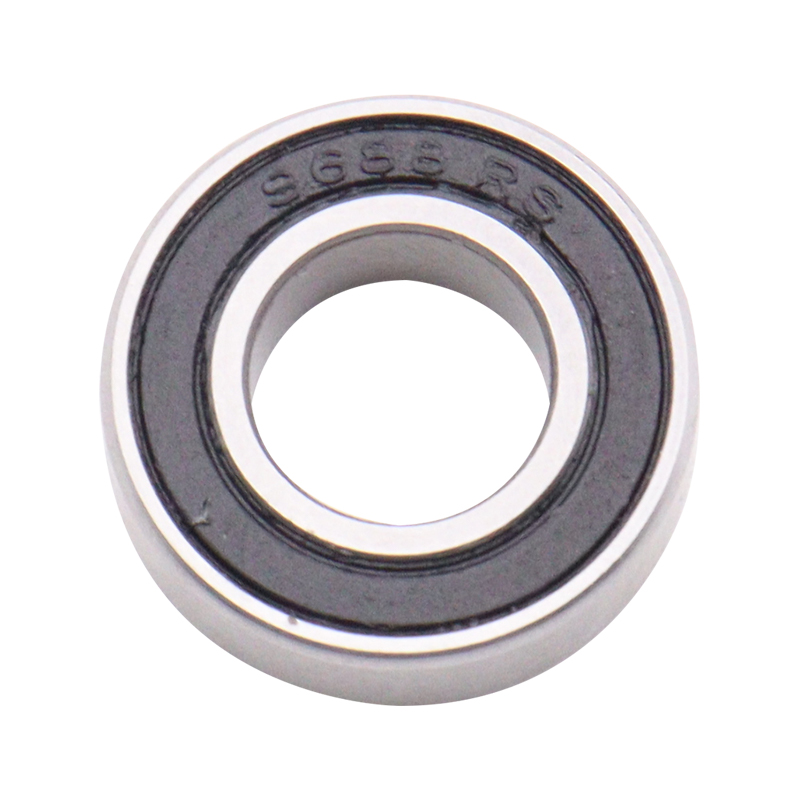
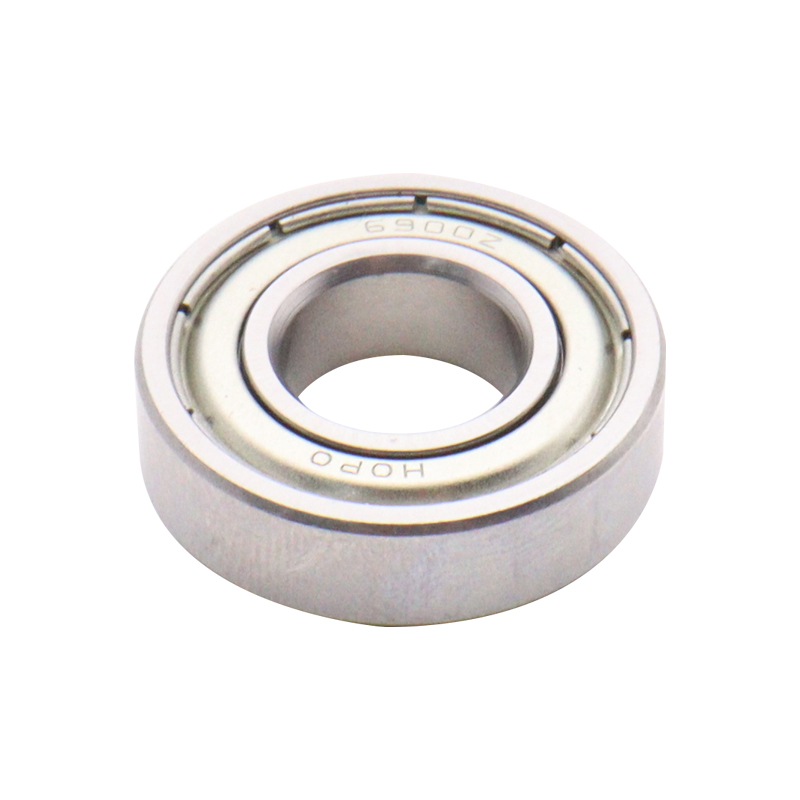
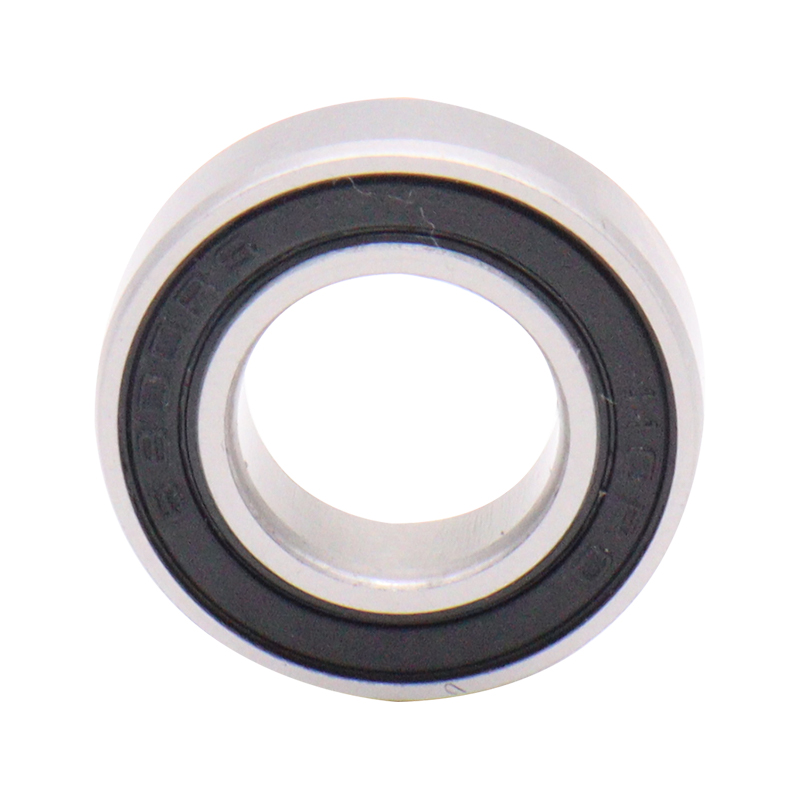
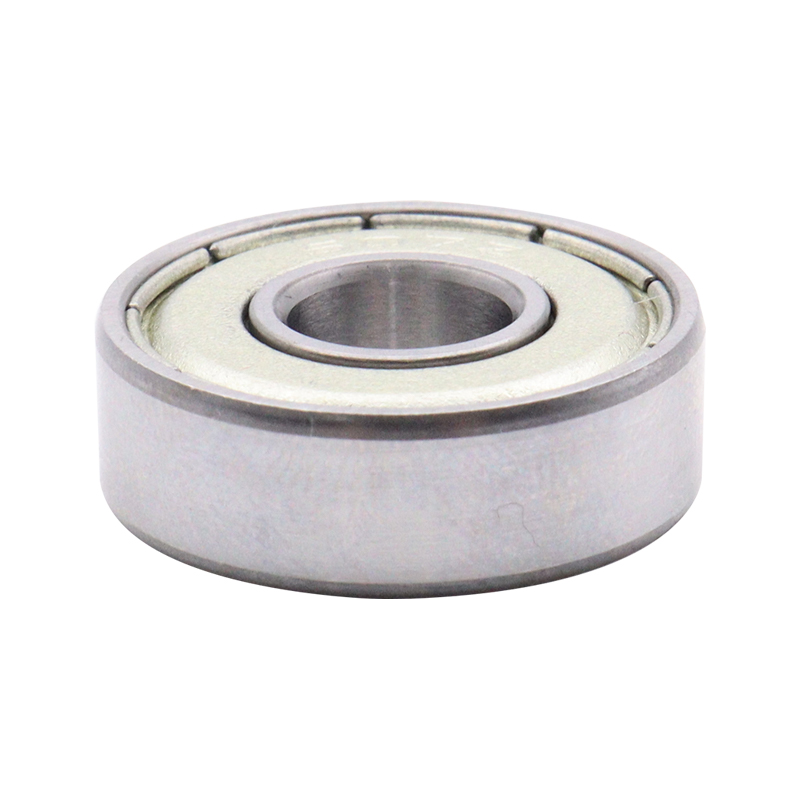
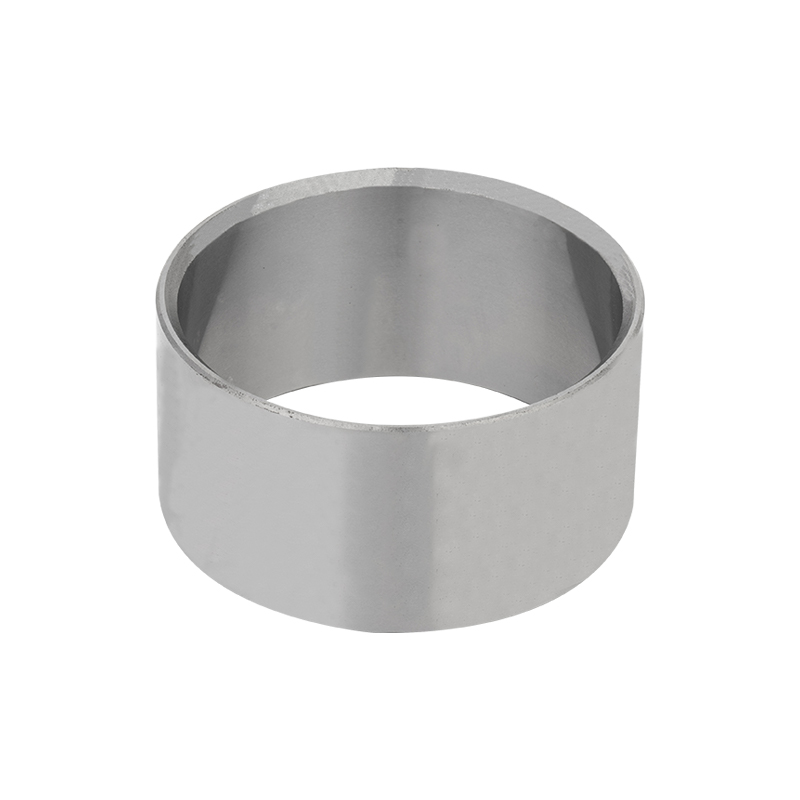


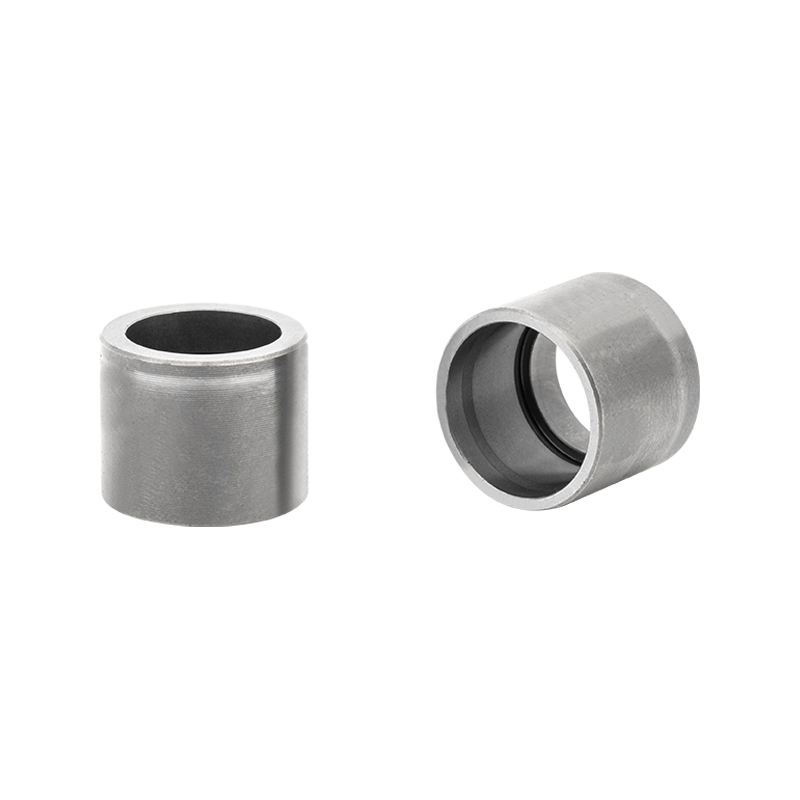


 Download Catalog
Download Catalog
